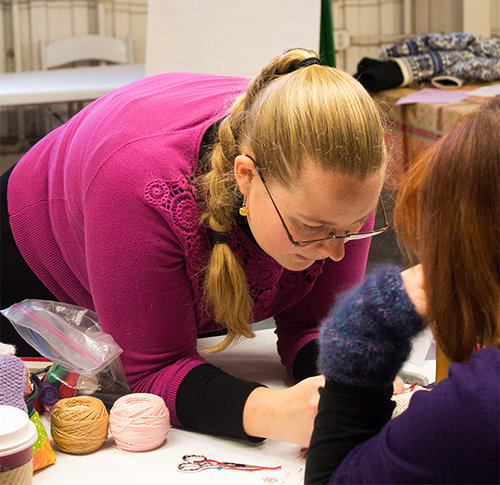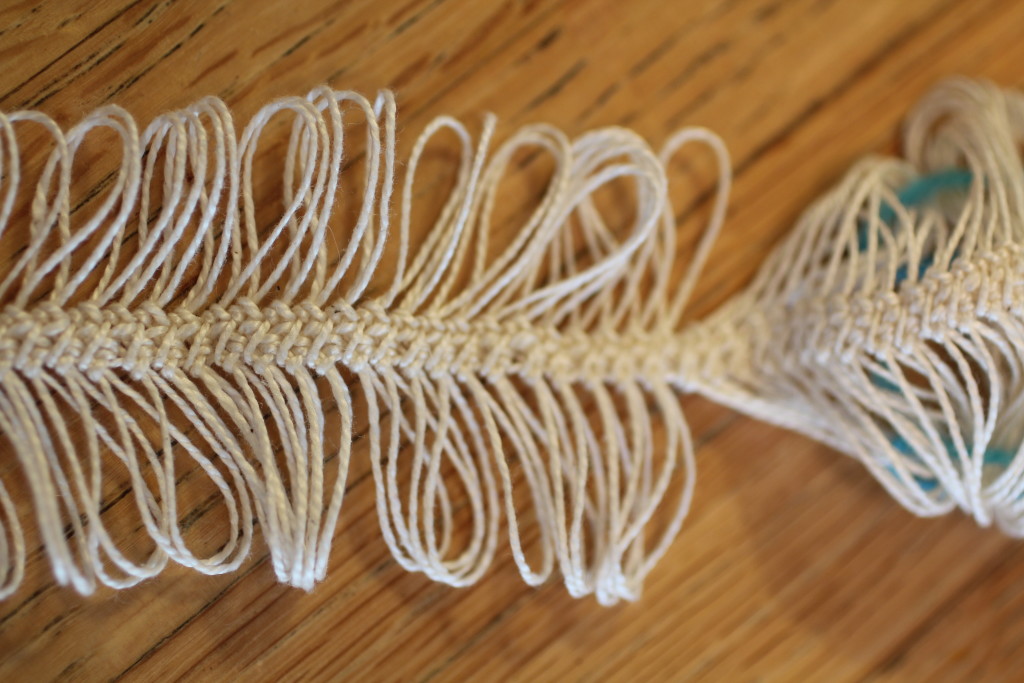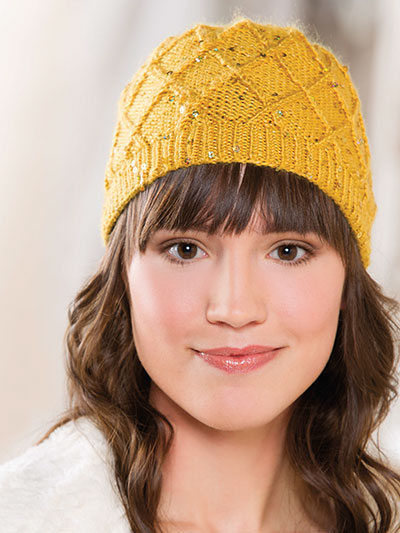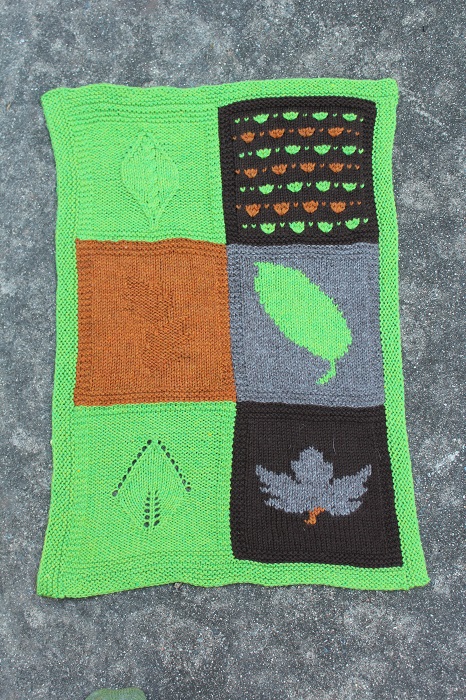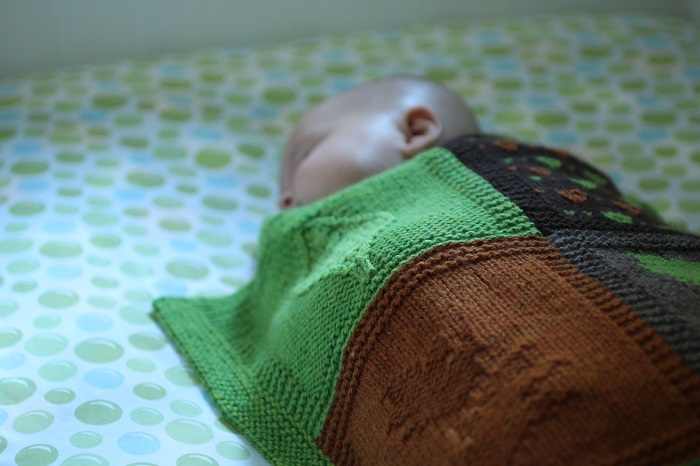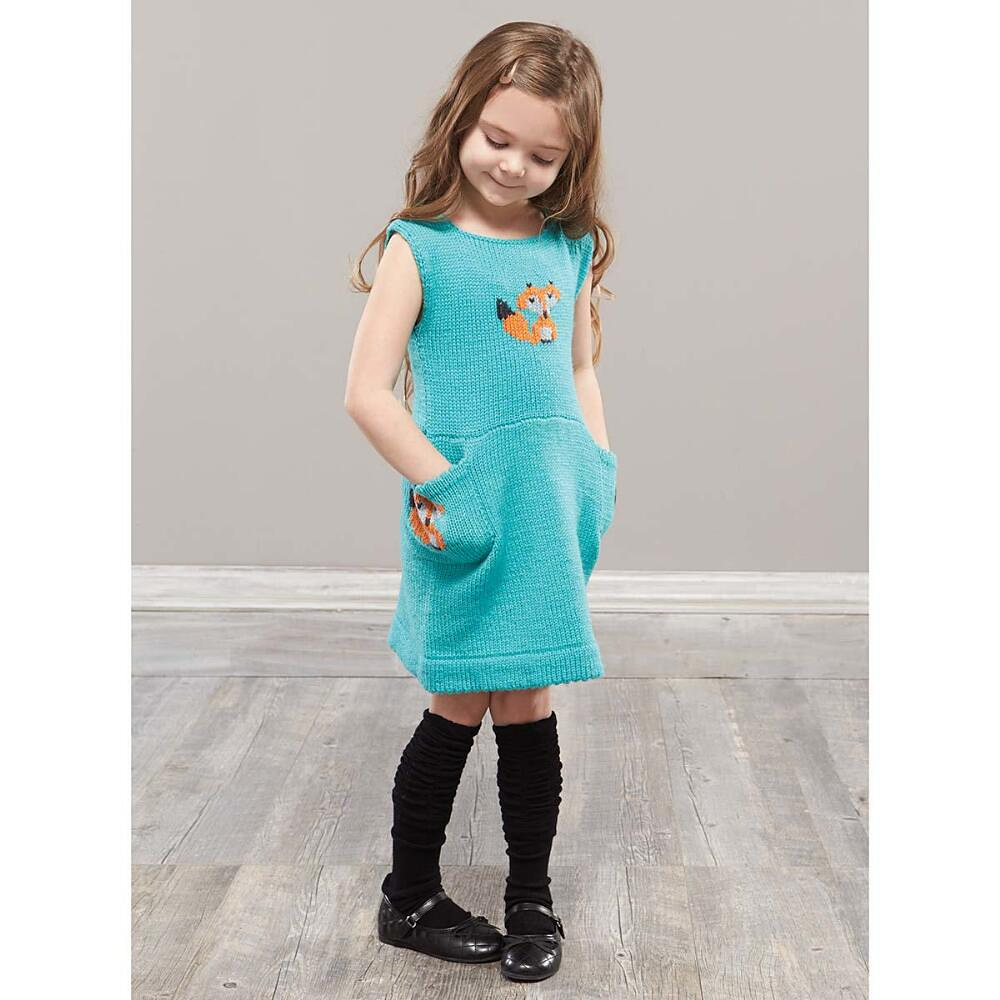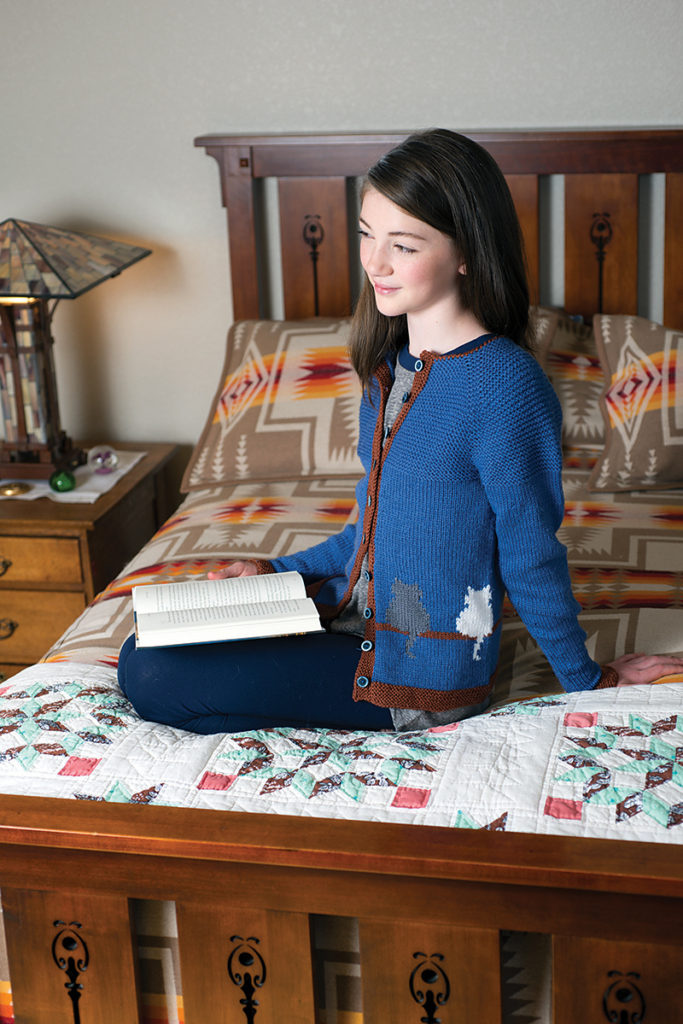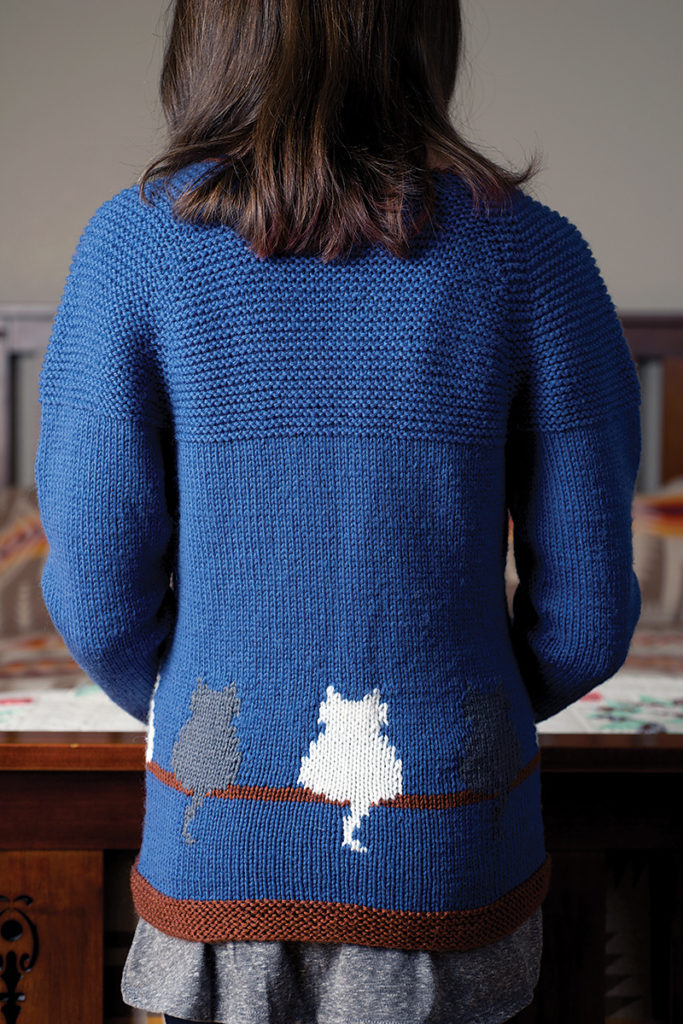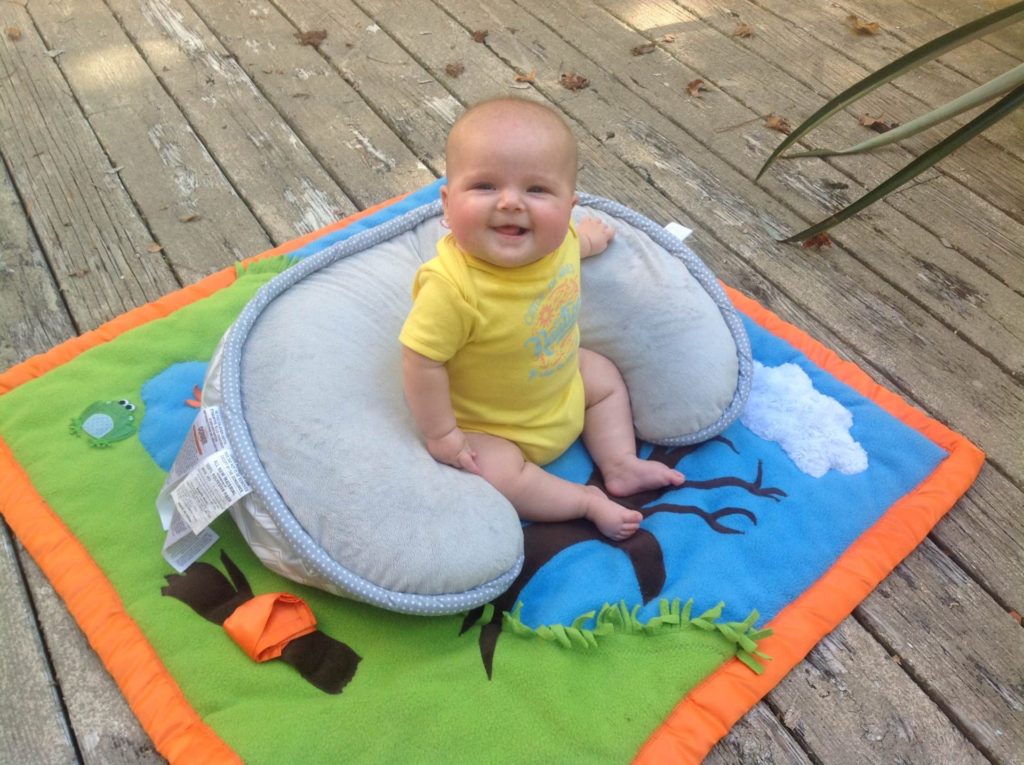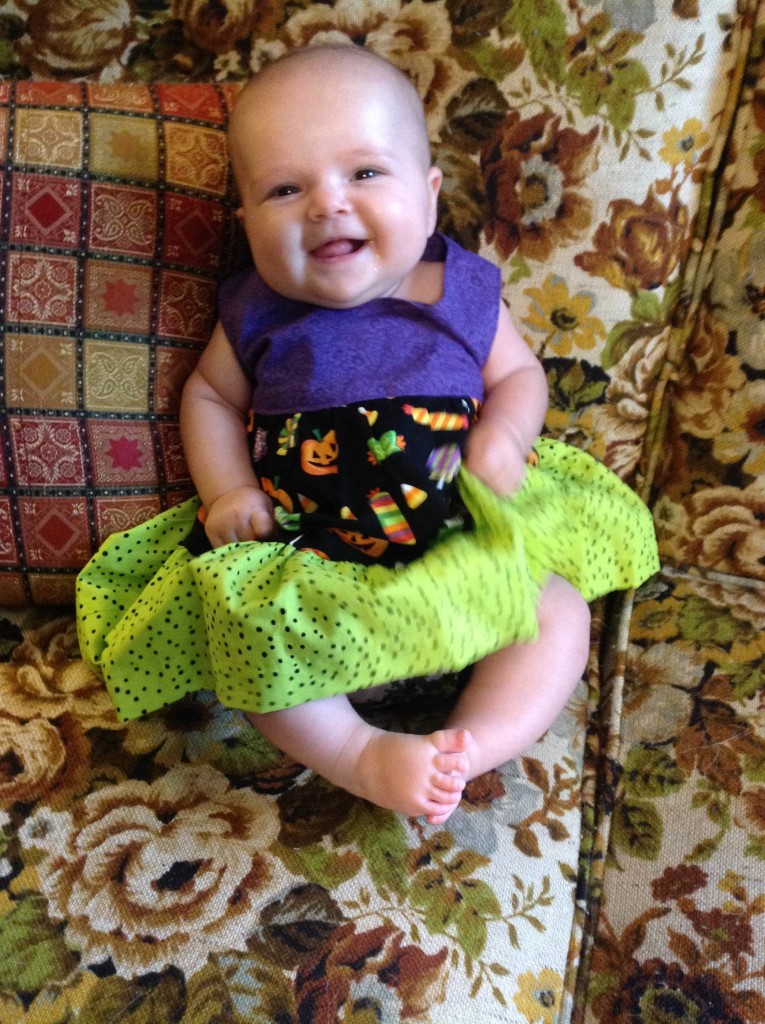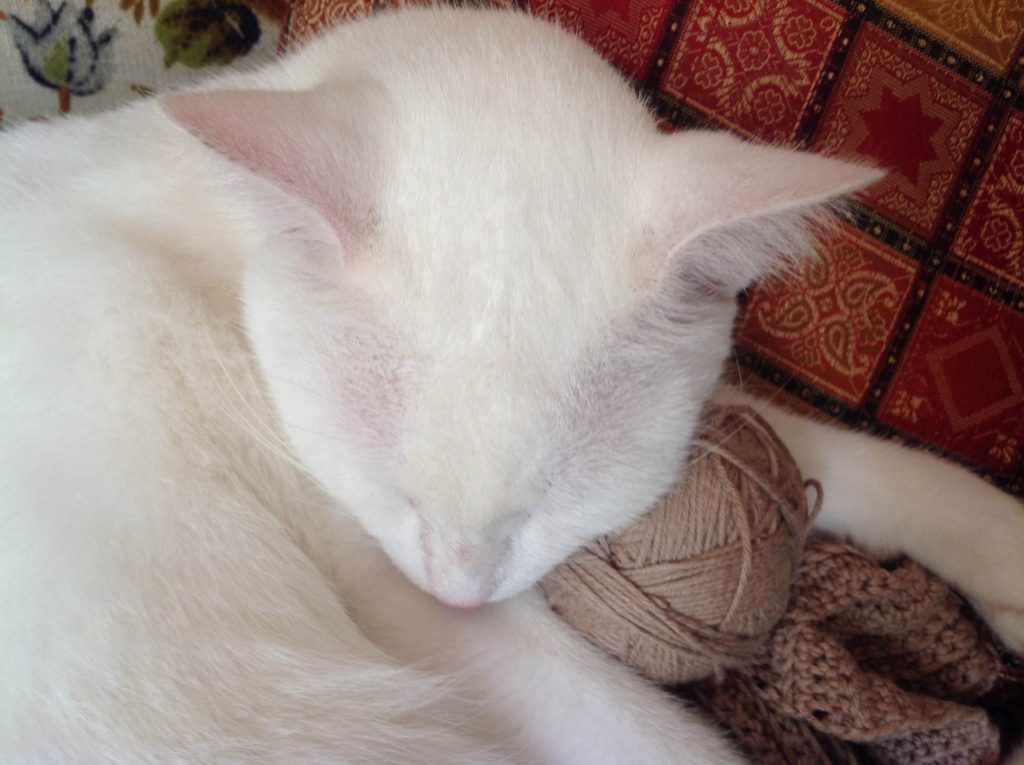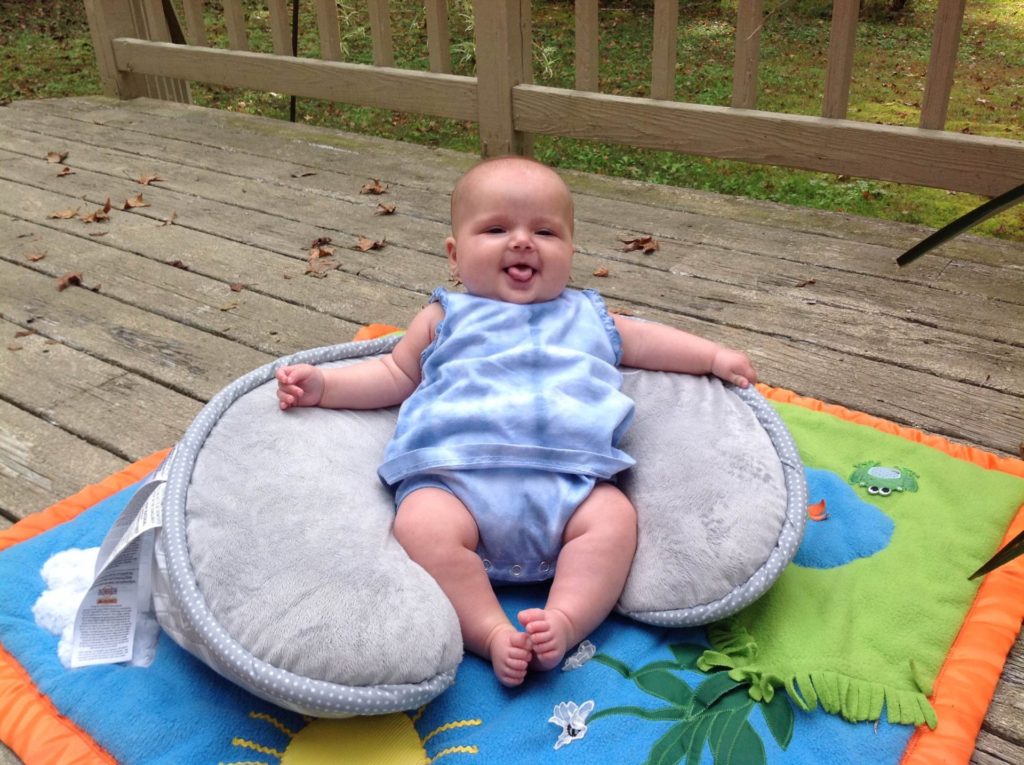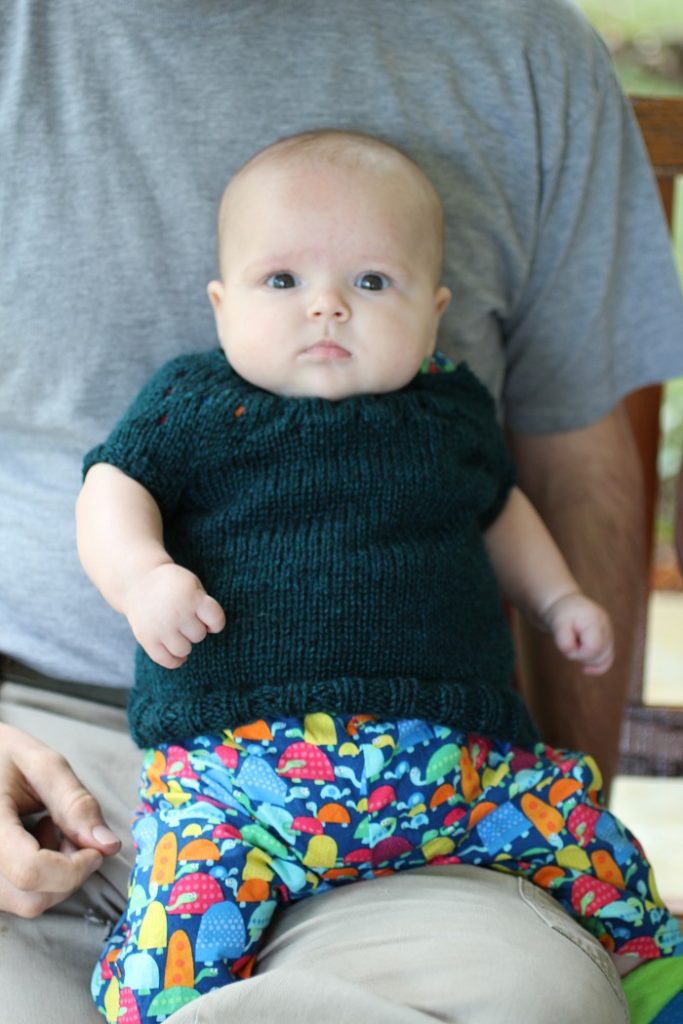Lately I’ve been able to dig my teeth into some interesting projects like the hobbyhorse blanket I repaired a couple of weeks ago. Today I wanted to share with you another project I’m working on. I was approached by a client interested in having six sweaters turned into pillows. A dear friend of hers had passed away, and she wanted to take her friend’s distinctive sweaters and turn them into pieces she could treasure.
I’ve worked a few times with commercial made sweaters; although more often I’m taking them apart for teaching purposes or using them to practice techniques I’d like to teach. While this isn’t a tutorial per-se, it’s an outline of my process and some tips and tricks I’ve discovered after working on other smaller projects similar to this.
My first step was taking the sweaters apart. All but one was chain-stitched together, which made disassembling them pretty easy once I got the hidden stitching undone. The last one was sewn together, which was a bit more of a pain to take apart. At least it was done in mattress stitch!
Next I ironed on stabilizer. The stabilizer gave the knit fabric more woven qualities, which was needed for several reasons:
- It made sewing into the fabric infinitely easier.
- For colorwork or stranded knitting sweaters, it prevented unraveling.
- The stabilizer prevented the fabric from distorting by keeping lines straight and preventing stretching.
- For sweaters with button bands or zippers, it prevented them from accidentally opening. It would allow some of the sweaters button bands to not be sewn, preserving some of the sweater-like qualities.
- It allowed the finished pillow to be sturdier.
On the very last piece of sweater I was just shy of covering the entire sweater. Since I would be trimming most of the edges away, I pieced together a few extra scraps of stabilizer I had to finish it off (you can see this above).
After the stabilizer was on, I began to look at each sweater, determining the notable features of the sweater – what made it distinct? How could I choose a shape that complimented the look of the piece? Would the pillow look better as a square or rectangular pillow?
This tall ice-skating Santa would have gotten cut off as a square pillow. I also loved the beading on the edge of this sweater and the beaded snowflakes. I had to fudge cutting this pillow out to make sure that I caught all the elements that made it interesting.
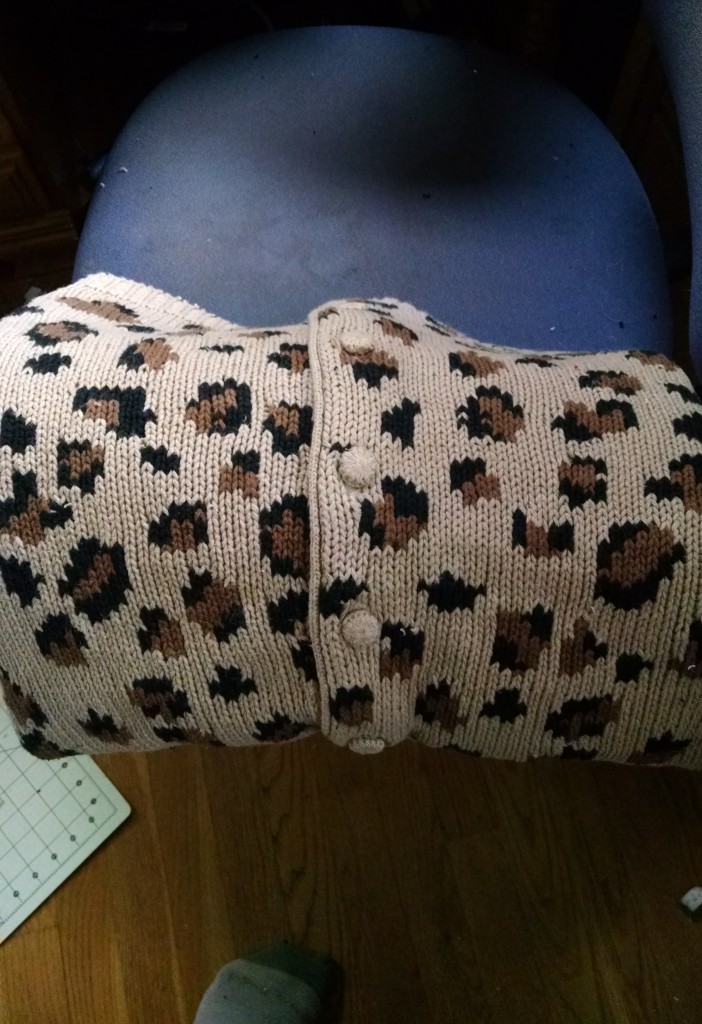
I cut pieces to preserve the button bands, then had to make sure the button bands were in the center of the pillow
I thought it was important to keep the qualities of the sweater above that made it interesting – button bands and ribbing at the edge. This pillow had a really thick button band that was nearly impossible to sew through, needing a lot of hand stitching.
After cutting out all the pieces and making sure I’d gotten them to the correct size, it was time to pin them together. For most of the pillows I was able to use my sewing machine to sew at least three of the sides. For two of them I was also able to machine sew part of a fourth side, saving on a lot of time.
The top pillow above, with the blues and greens, ended up being a favorite. I love the buttons on the button band!
Next I began hand-sewing the final edge of the pillows. I used #10 crochet thread instead of normal sewing thread. This was becasue I was having to yank at the pillows to get them to look the way I wanted them. This was doubly true when sewing through the button bands, and getting three layers of very thick knit fabric to come together. Even still, sometimes I wasn’t careful and had the thread break. Not fun!
Mattress stitch (aka ladder stitch) was my stitch of choice.
The pillows are coming together now! I wasn’t always able to get the ribbing to come together evenly on the bottom. It’s a nitpicky detail, and probably something only I could notice. It couldn’t always be helped though. I love here how I could keep the button band unsewn, so it looks like the button band on a normal sweater, with that dimensionality! The thick stabilizer unerneath will prevent stuffing from escaping.
Some close shots of the lovely beadwork on the bottom of the Santa sweater. I just had to keep a detail like this. I’m already wondering how to replicate this in a handknit design.
This has been a fun project and a unique way to honor a passed friend. In the next few days I’ll wrap up with the final touches – removing lint, straightening edges and getting ready to send these pieces back to my client.

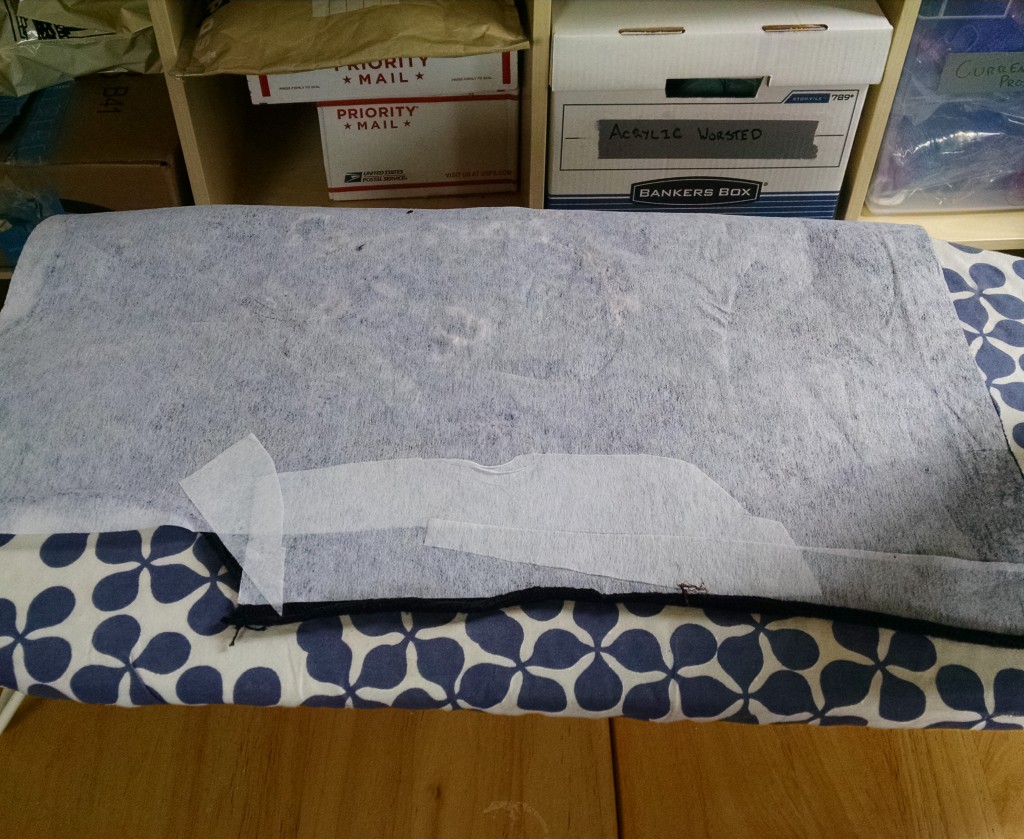
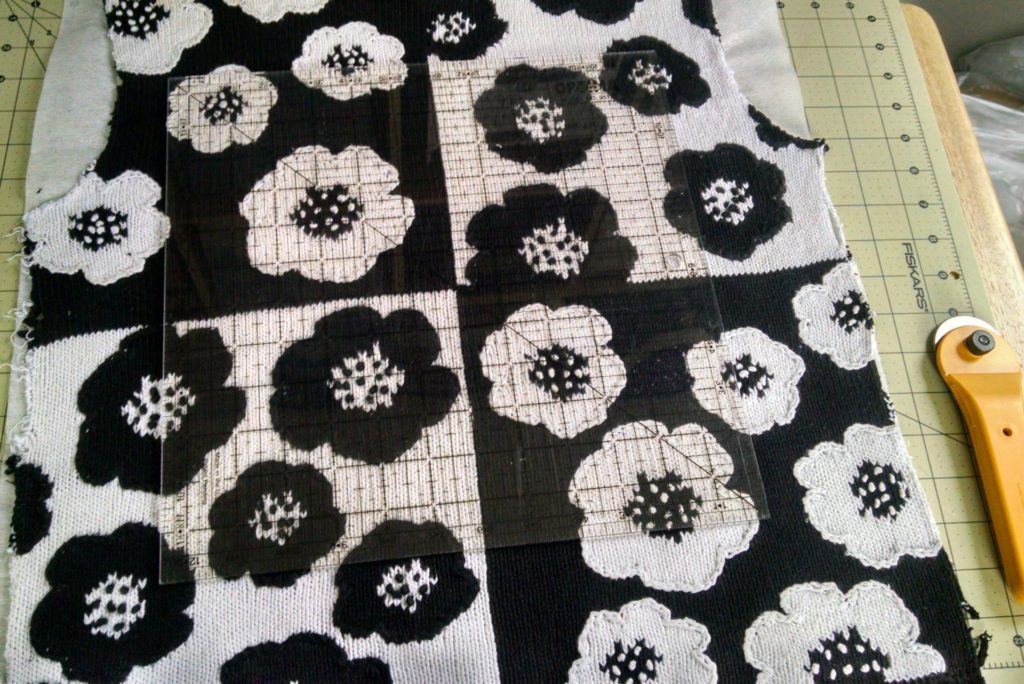
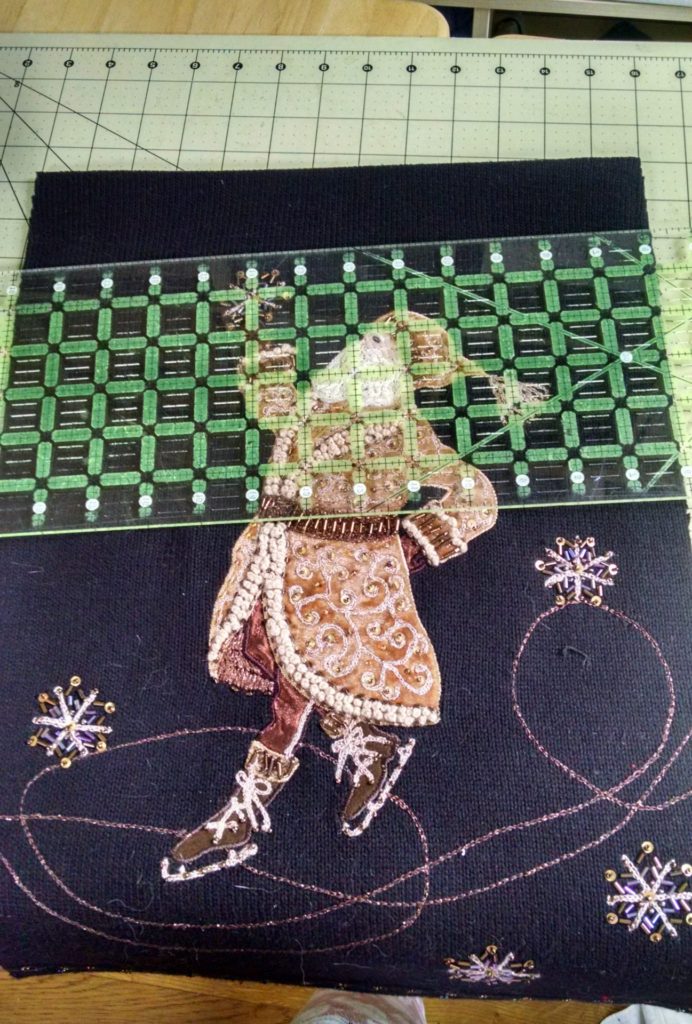
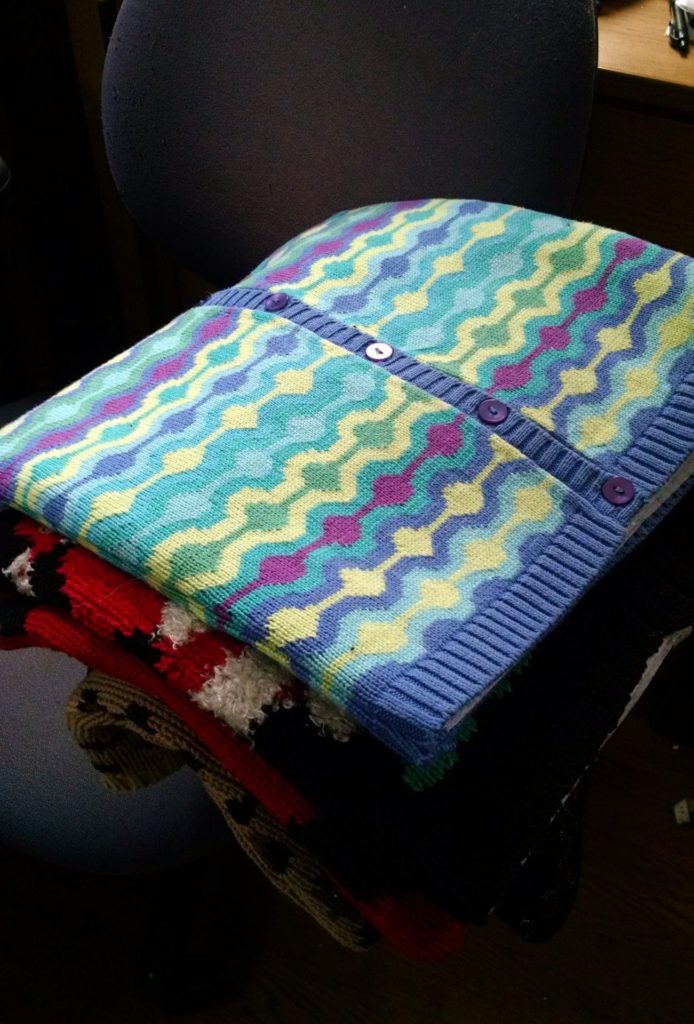
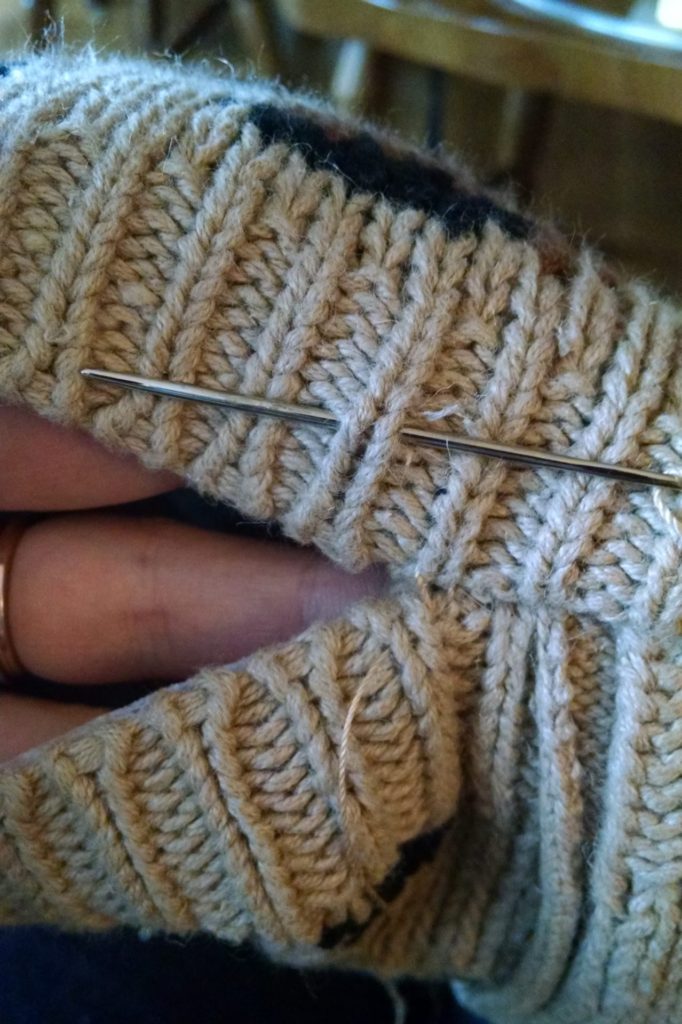
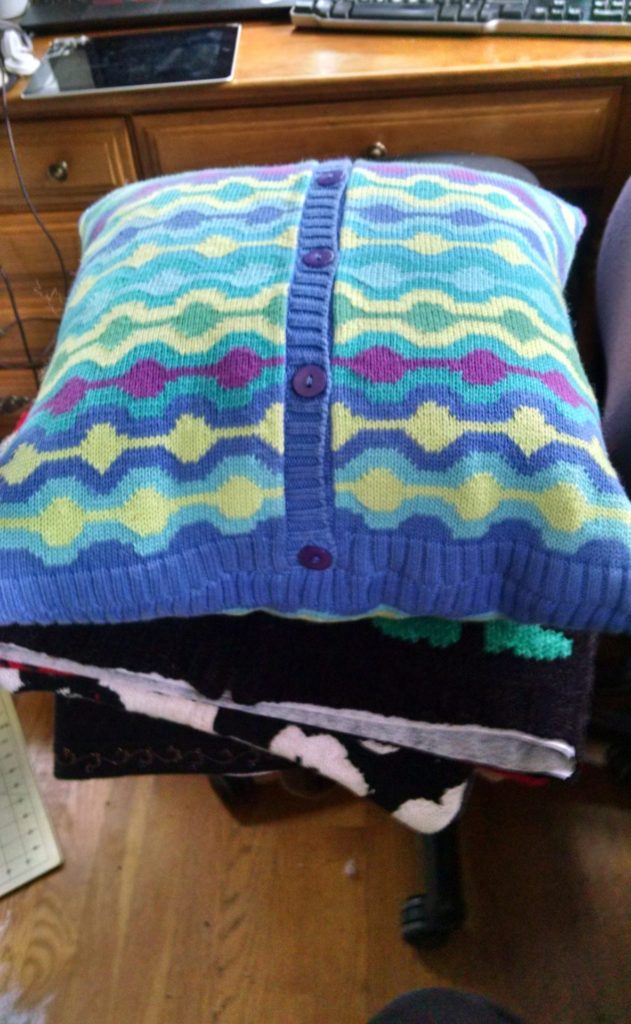
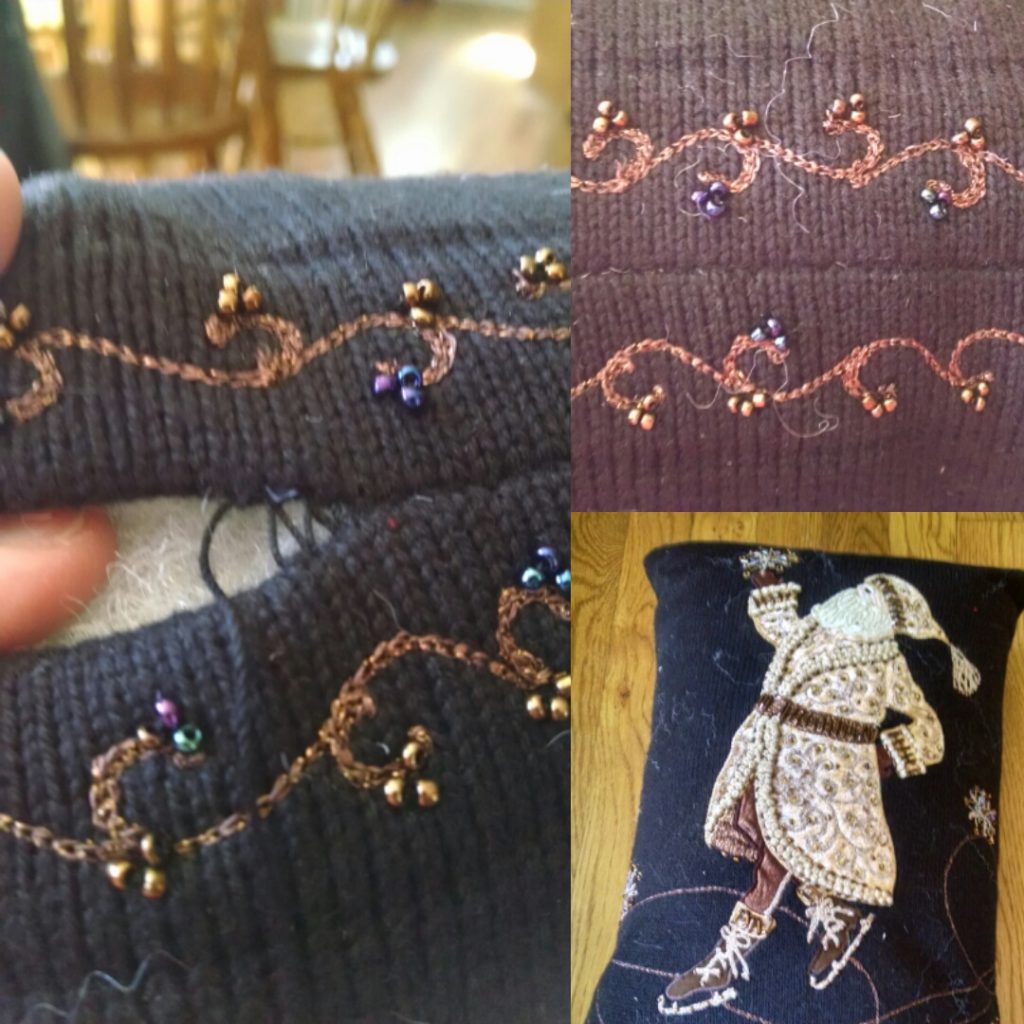
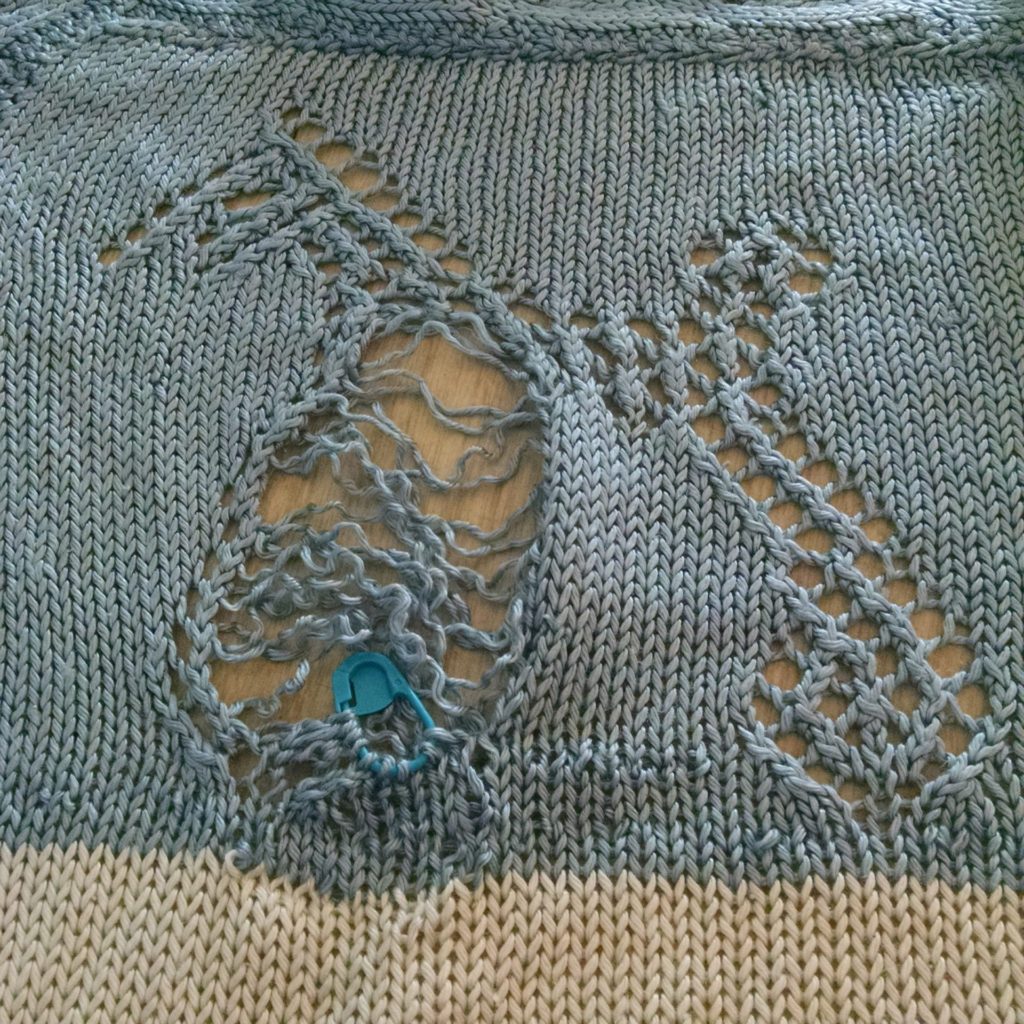
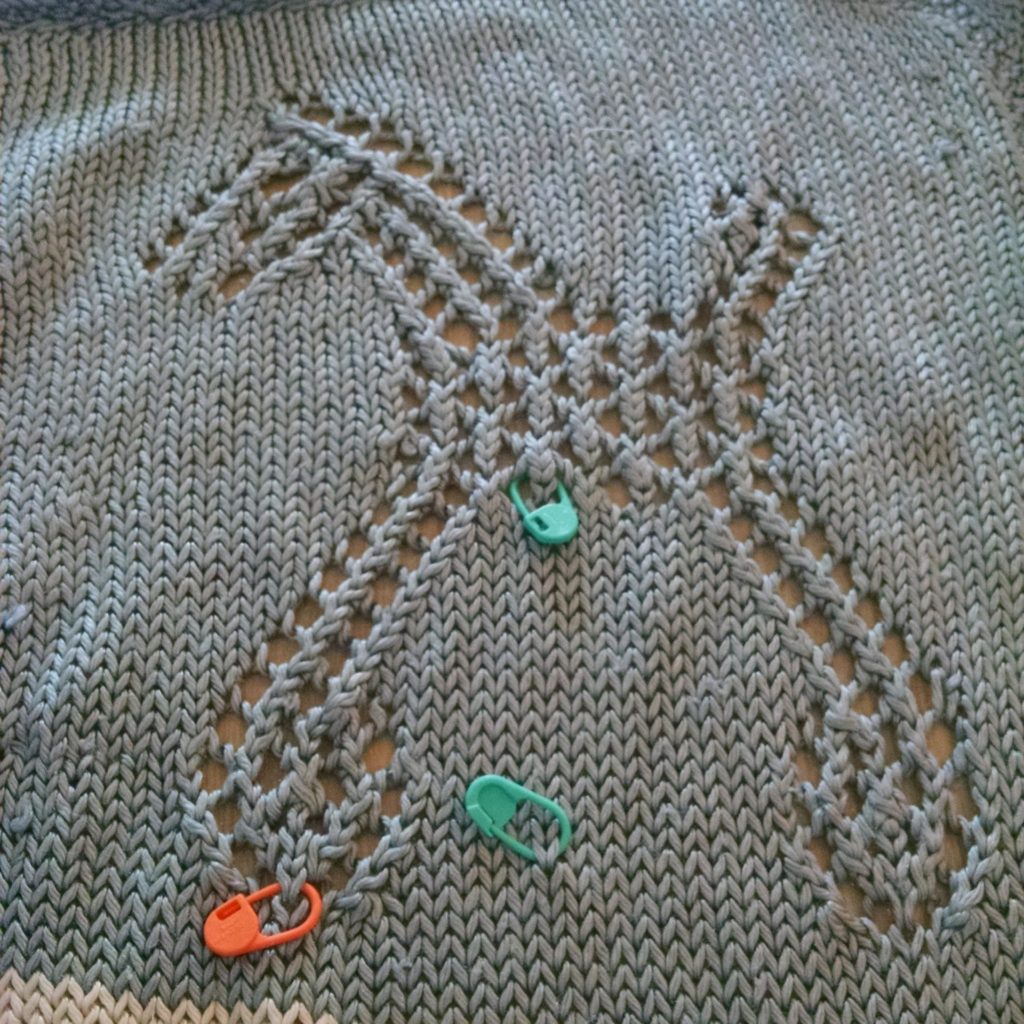
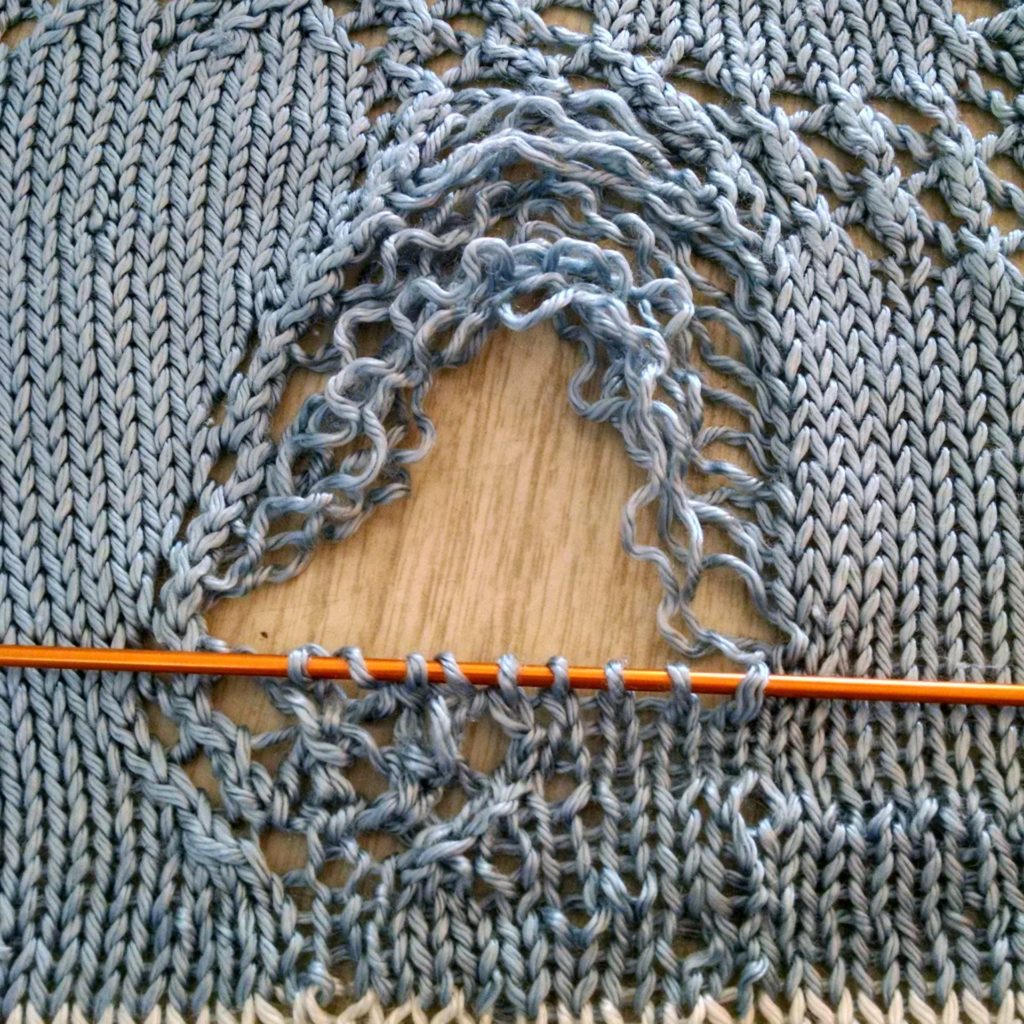
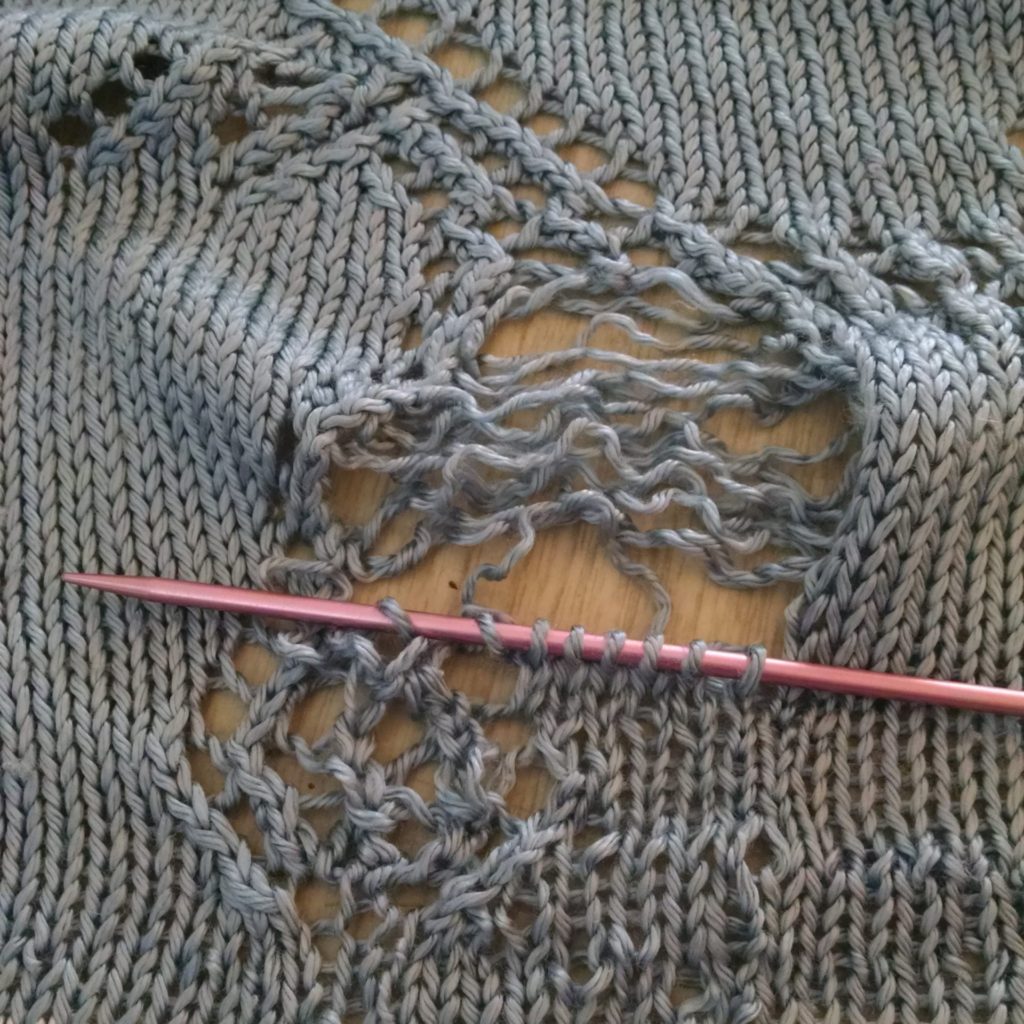
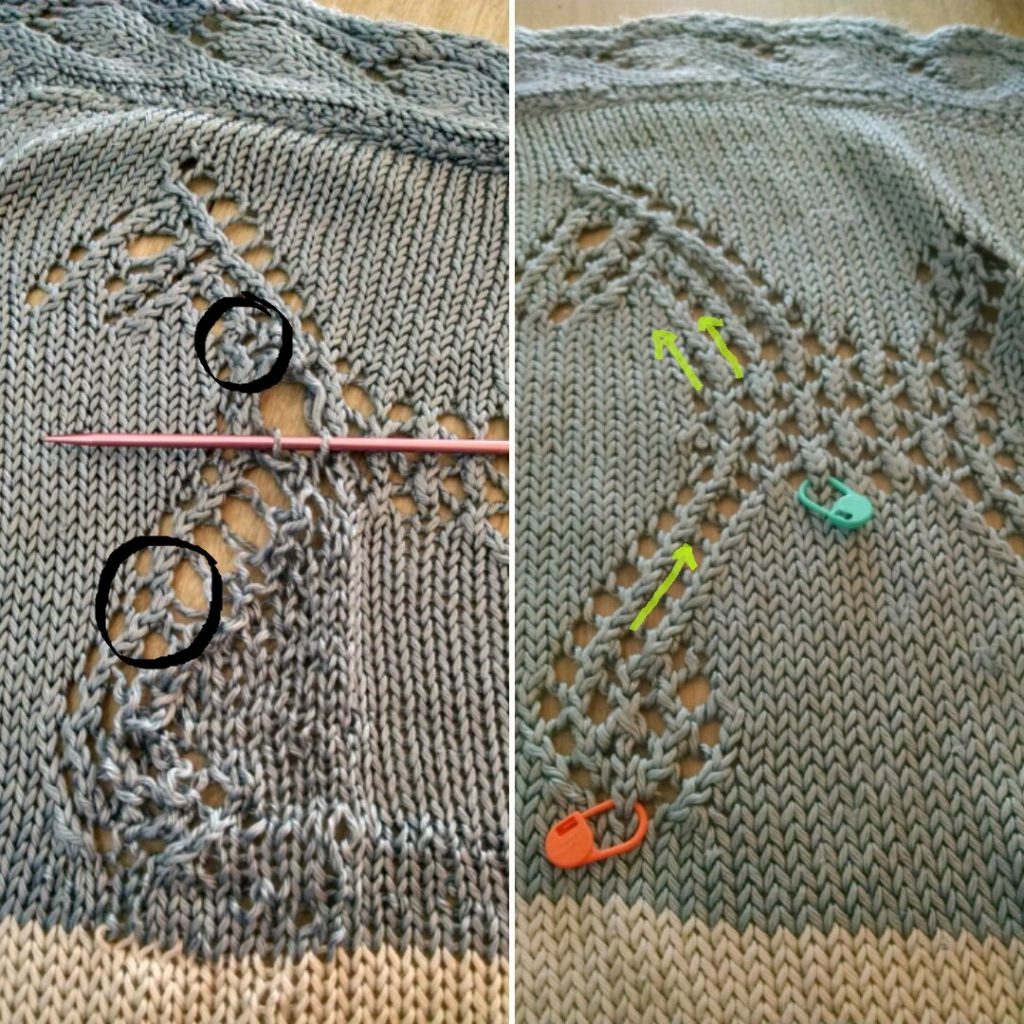
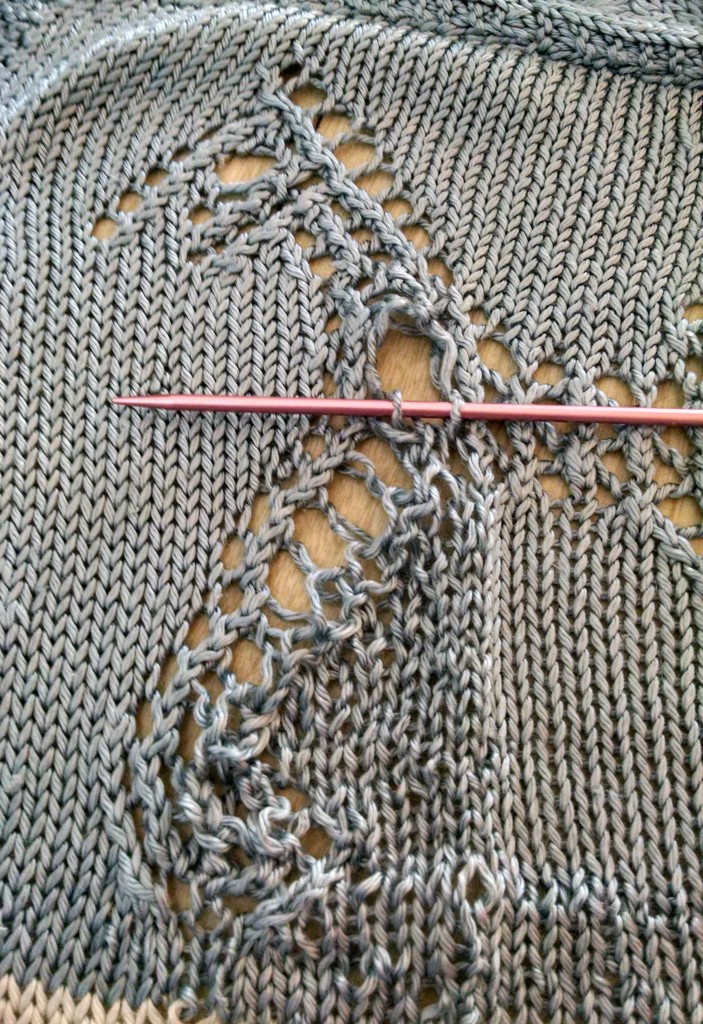
![IMG_20170128_195444[1]](http://www.tinkingturtle.com/wp-content/uploads/2017/01/IMG_20170128_1954441-768x1024.jpg)
![IMG_20170130_094404459[1]](http://www.tinkingturtle.com/wp-content/uploads/2017/01/IMG_20170130_0944044591-576x1024.jpg)
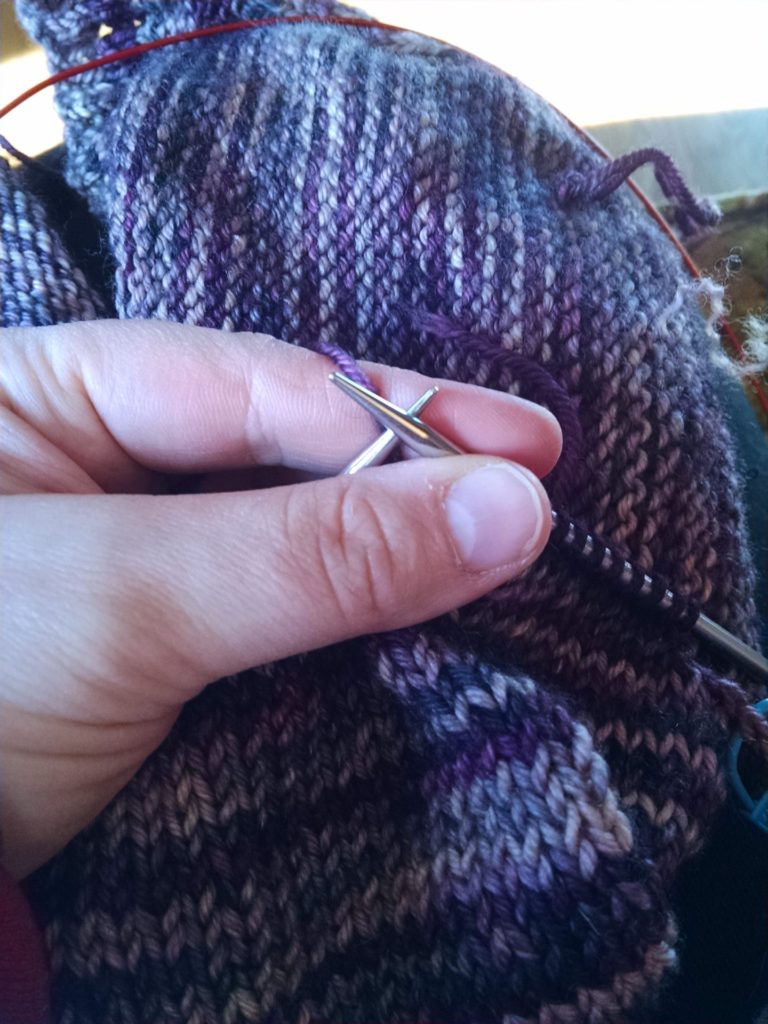
![IMG_20170127_153327961[1]](http://www.tinkingturtle.com/wp-content/uploads/2017/01/IMG_20170127_1533279611-576x1024.jpg)
